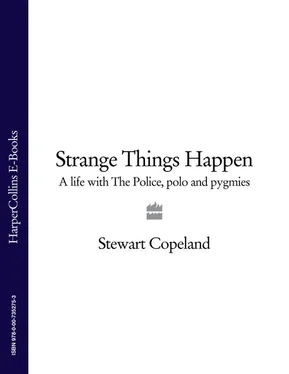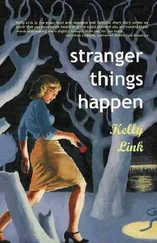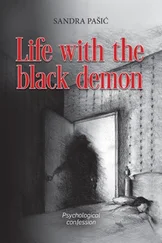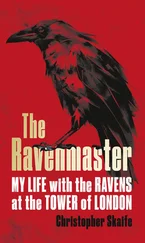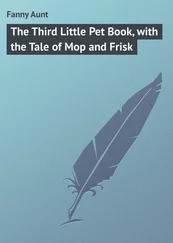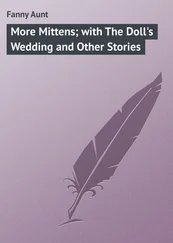At the Long Branch Studio in Tulsa, Oklahoma, I have recordings of these sounds on magnetic tape. If I cut the tape with a razor at the beginning and end of, say, a burst of dog barking, then I can join the two ends of the strip of tape and create a loop. Threading this loop onto the tape machine is easy enough, but we have to set up tape spools on mic stands around the room to keep the tape untangled as we play the loop and record the repeating pattern of dog barking onto a second tape recorder. One day, a decade or so in the future, someone will invent computers.
The latest breakthrough in audio recording today is technology that can synchronize and dependently lock two tape machines. This enables us to build up a web of sound effect rhythms. By tweaking the speed of the playback machine I can synchronize each new layer of repeating noise to groove in some way with the collection on the recorder.
For every reel of the movie—of which there are twelve—I have a tapestry of rhythmatized and synchronized sounds. On each of eight tracks there is a groove. On track four, for instance, there is a pile driver pounding incessantly. On track six there is a billiard ball break looped to create a strange rhythm. This can be used as a subliminal effect in the pool hall scene. Or to presage the scene, or to refer back to the scene later in the movie. Richard Beggs, who is the overall soundmeister of the movie, is in on the plot. Every scene of the film has a rhythm chugging somewhere in the soundscape. The clock is ticking.
Upon these rhythms I build the music with guitar, drums, banjo, bass, marimba, and piano. There is a scene in which Matt pays an evening visit to his girlfriend, Diane, at her parents’ house. He is met on the front porch by the young Sophia Coppola, who plays the precocious kid sister.
The scene needs to carry the underlying tension of impending, implacable doom but also to lighten up for a minute to play some romance. In the background, the train whistle blows at almost imperceptibly regular intervals. Closer, there is a broken fan that we can feel vibrating. Over these vaguely sinister rhythms a tinkling progression of chords on a toy piano is all it takes to combine with Matt’s yearning performance to create a wave of poignancy.
I have no idea how you are supposed to score a movie, so I just made this whole scheme up as a theory of a practical solution to an artistic problem. It turns out that my method is so far from how you’re supposed to do it that no one has ever done it like this—which makes me the Che Guevara of film scoring.
So far, so good. I don’t even realize yet how rare it is to have a director who will give anyone this much rope. This is the Francis method—find people with the right instincts and turn them loose with the tools.
Now he wants some conventional orchestral score to leaven the rather astringent high-concept layers that I have produced. Violins, oboes, that sort of thing. Some premonition of a career in Hollywood alerts me to a door opening. Strings?
I had already chased off competition from other musicians, arrangers, and composers that Francis had gathered in Tulsa during the shoot. This suddenly looks like a new opportunity for an interloper. Some fool of a studio hack can come on board and sweeten all of my cool stuff! The director wants instruments that I can’t play myself!
In a split second I’m an orchestral arranger.
“Strings?…Sure, yeah, lemme rustle up some strings and nice orchestra stuff in a couple of places,” says I.
2000
YEARS LATER AT PARAMOUNT STUDIO M
Behind me in the huge control room is the director, his producer, and a couple of studio bosses. In front of me is the seventy-channel mixing console nursed by a five- or six-man recording crew.
Through the glass in front of us we can see the orchestra. There are video monitors everywhere that show us the movie, the recording status, and each other. The score is on my desk in front of me. Jeff Seitz, my man from Juilliard and collaborator of two decades, runs the recording crew while I run the band, and the director behind me runs the executives.
The conductor is on the podium, facing the slickest orchestral talent that money can buy. In his headset he can hear dialogue, metronome click, and me:
“Let’s go to 1m6, measure 25. We’ll drop you in at bar 27. Tacit, please, brass until 32. And you can take them down one dynamic, say…mezzo forte until 36. Everybody play ink at 36. Show me when you’re ready.”
Through the twenty or thirty microphones we can hear the rustling of scores as the sixty players turn to the spot. Pete on the podium conveys the instruction for the horns, trumpets, trombones,
and tuba to not play for the specified six measures and to play slightly less loudly when they do enter. Rustle, Rustle.
He raises his baton. The room stills.
“Roll tape.”
The chatter behind me stops, and the scene is playing on everyone’s screens. At exactly seven minutes, eighteen seconds, and twelve frames into the reel a bright yellow streamer appears on the screen and a loud clicking indicates the tempo of the incoming music. After four clicks the band strikes up—although we can’t yet hear it. We’re listening to music that we recorded on the last pass, as the orchestra plays along in parallel. At measure 27 the recordist hits his red button, and seamlessly we are now hearing the new recording of the current performance.
All this is in response to the client behind me, who wants his favorite line of dialogue to be more clearly audible through the din of sound effects and thrilling music. This is an easy one; all I have to do is carve off some of the orchestra to clear audio space for the dialogue. The mood of the scene is playing well so I don’t have to rewrite the music and put new charts on the stands.
But it does happen sometimes, that a hitherto undisclosed producer will show up at the orchestra date with a brand-new perspective on the scene. This is the last high-octane, thousands-of-dollars-per-minute event of the film production, so distant functionaries whom I’ve never before met will arrive for one last piss on the tree.
“Wait a minute!” such a producer might say. “This scene is supposed to be happy-sad! I’m only hearing sad!”
By the time we get to the hyperexpensive scoring stage the relative happy and sad have been fully calibrated to the satisfaction of the director and more immediate producers. But now this guy wants more happy in this scene. That’s when you have to put the orchestra on a fifteen-minute break, sprint over to the keyboard, and start figuring.
With modern software it’s not too hard to immediately print up new parts to put on the stands. The tricky part is manipulating the emotional message of the chords, melodies, rhythms, and timbres. The film composer has to work very decisively and quickly to hit the precise emotional spot. Composing for full orchestra on the fly separates the men from the boys. I’ve had to learn how to do it with the clock ticking. It’s been the formal part of my music education—and I’ve been paid for all of it!
CHAPTER 5 CURVED AIR
1975
My first pro rock band.
Dear Sirs,
I recently had the exquisite joy of experiencing a Curved Air concert and was most impressed by the exceptional talent of their new drummer…
Dear Sounds,
Curved Air are BRILLYANT!
What’s the drummer’s name?
To whom it may concern,
Wow! Me and some mates went to see Curved Air at the…Incredible…especially the drummer…
I’m writing all of these letters to music magazines myself, using different handwriting, styles, spellings, and stationery. After playing a show we usually pull over on the edge of town to gas up for the drive back home to London, so while Darryl pumps gas into
Читать дальше
